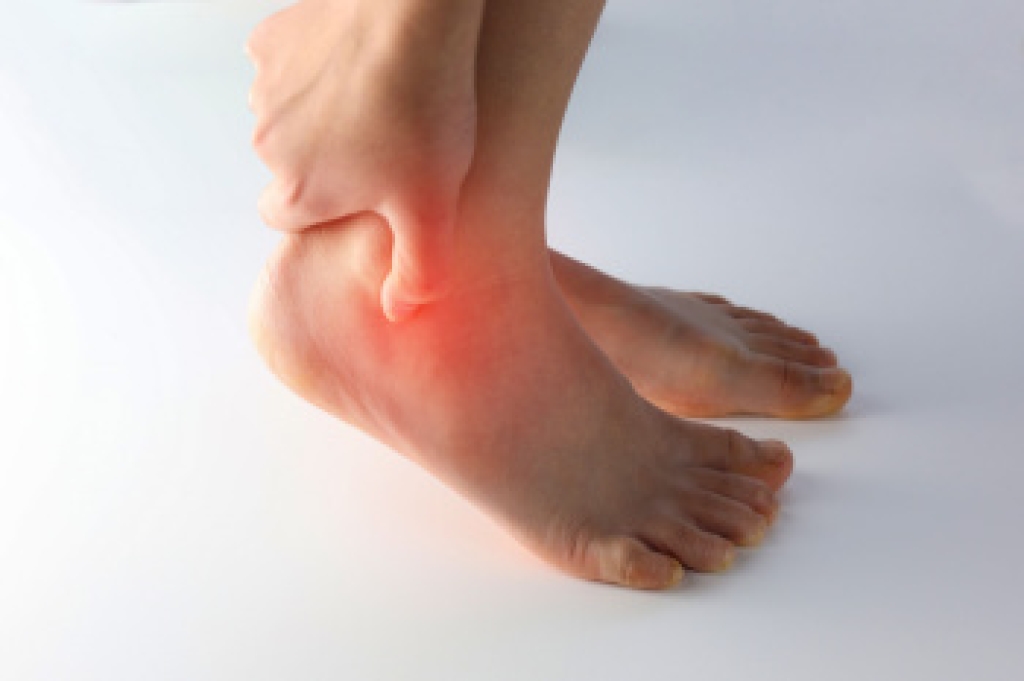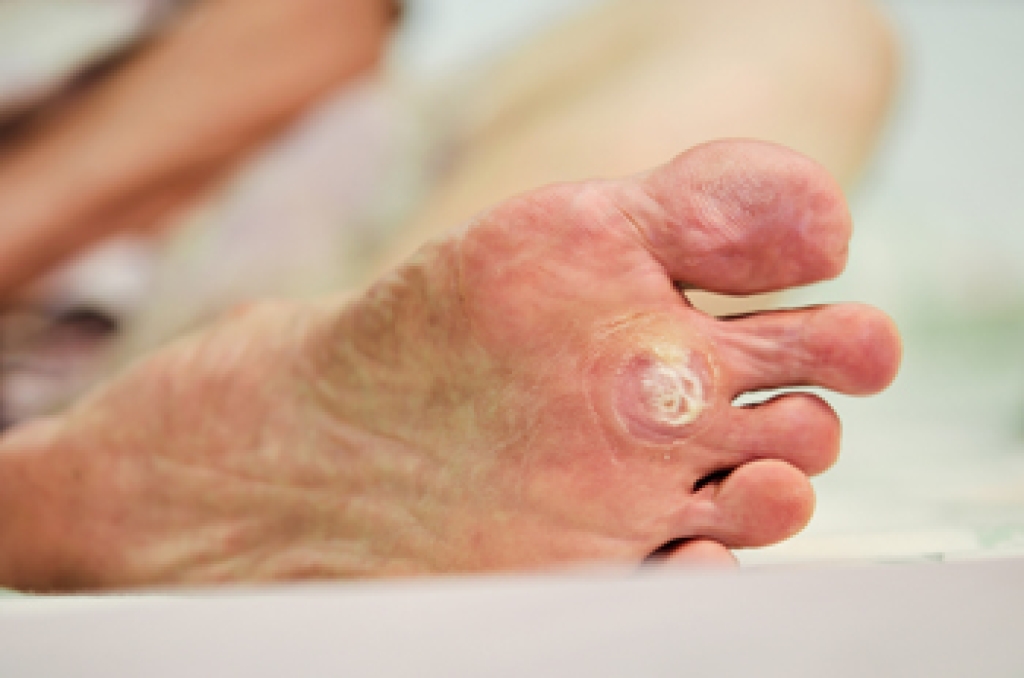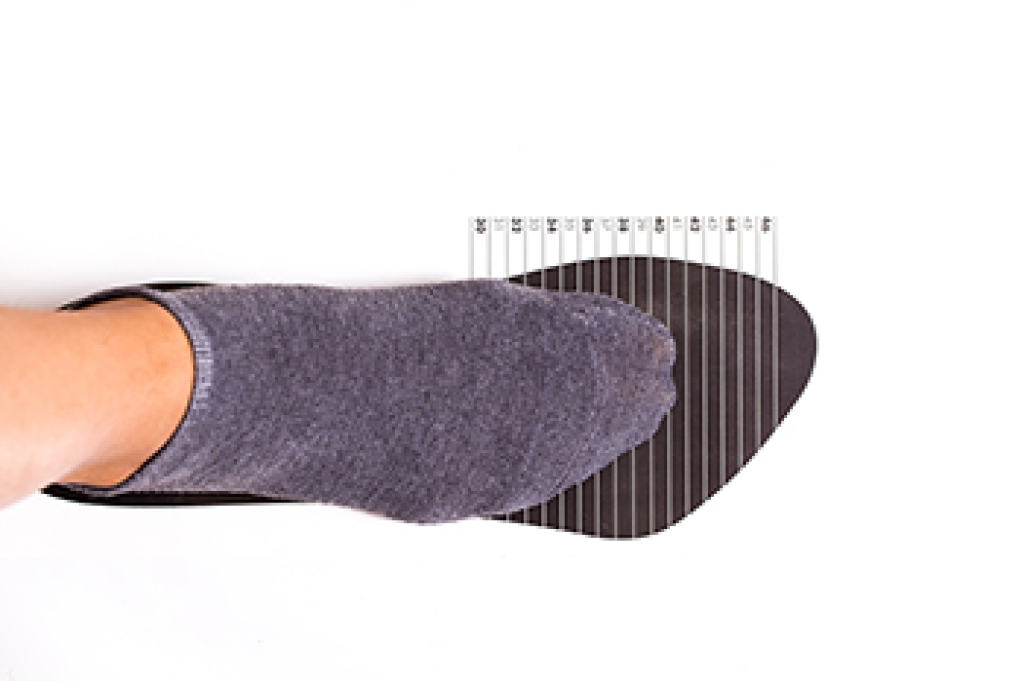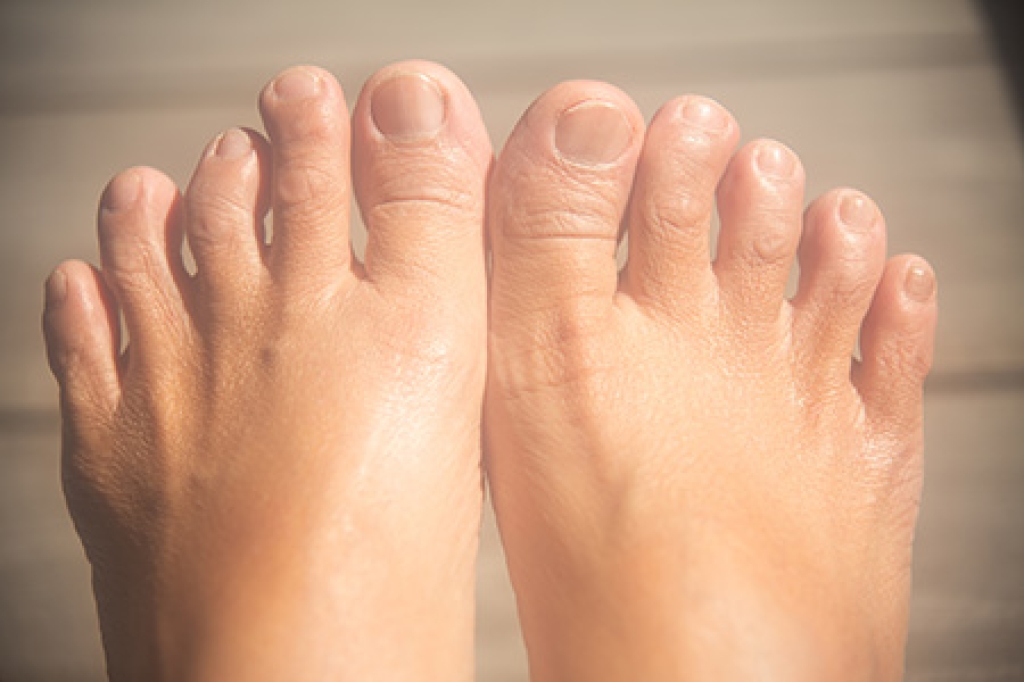
Chronic ankle instability, or CAI, is a condition where the ankle frequently gives way, often following repeated sprains. It affects those who have had previous ankle injuries, particularly athletes or individuals engaging in high-impact activities. Women, people with hypermobile joints, and those with improper rehabilitation after an initial injury are at higher risk. The causes of CAI are complex and difficult to pinpoint, involving a combination of mechanical instability from loosened ligaments and neuromuscular factors, like impaired balance and body awareness. Repeated injuries can lead to muscle weakness and poor joint control, further contributing to instability. While strength training is often recommended, research on its effectiveness in preventing or treating CAI remains inconclusive. If you have chronic ankle instability, it is suggested that you consult a podiatrist for a comprehensive treatment plan.
Ankle pain can be caused by a number of problems and may be potentially serious. If you have ankle pain, consult with one of our podiatrists from Mercer Ocean Podiatry. Our doctor will assess your condition and provide you with quality foot and ankle treatment.
Ankle pain is any condition that causes pain in the ankle. Due to the fact that the ankle consists of tendons, muscles, bones, and ligaments, ankle pain can come from a number of different conditions.
Causes
The most common causes of ankle pain include:
- Types of arthritis (rheumatoid, osteoarthritis, and gout)
- Ankle sprains
- Broken ankles
- Achilles tendonitis
- Achilles tendon rupture
- Stress fractures
- Bursitis
- Tarsal tunnel syndrome
- Plantar fasciitis
Symptoms
Symptoms of ankle injury vary based upon the condition. Pain may include general pain and discomfort, swelling, aching, redness, bruising, burning or stabbing sensations, and/or loss of sensation.
Diagnosis
Due to the wide variety of potential causes of ankle pain, podiatrists will utilize a number of different methods to properly diagnose ankle pain. This can include asking for personal and family medical histories and of any recent injuries. Further diagnosis may include sensation tests, a physical examination, and potentially x-rays or other imaging tests.
Treatment
Just as the range of causes varies widely, so do treatments. Some more common treatments are rest, ice packs, keeping pressure off the foot, orthotics and braces, medication for inflammation and pain, and surgery.
If you have any questions, please feel free to contact our office located in Toms River, NJ . We offer the newest diagnostic and treatment technologies for all your foot care needs.




